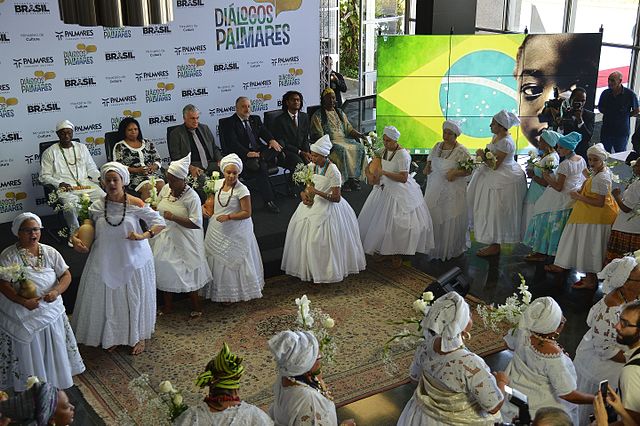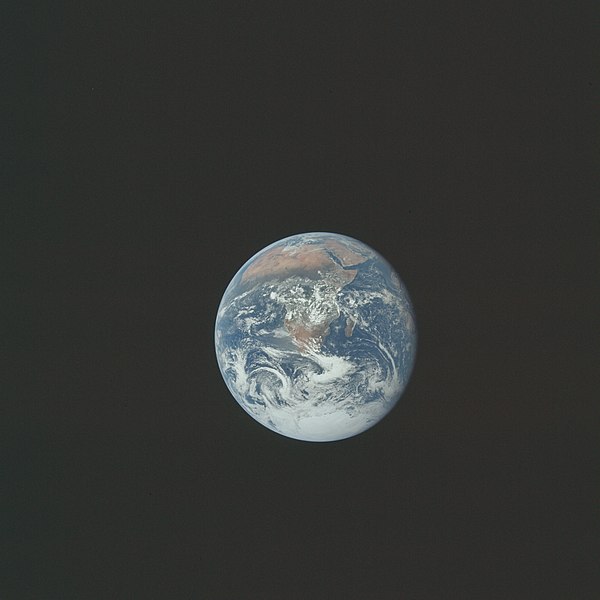The global African diaspora is the worldwide collection of communities descended from people from Africa, predominantly in the Americas. The African populations in the Americas are descended from haplogroup L genetic groups of native Africans. The term most commonly refers to the descendants of the native West and Central Africans who were enslaved and shipped to the Americas via the Atlantic slave trade between the 16th and 19th centuries, with their largest populations in the United States, Brazil, and Haiti. However, the term can also be used to refer to African descendants who immigrated to other parts of the world consensually. Some scholars identify "four circulatory phases" of this migration out of Africa. The phrase African diaspora gradually entered common usage at the turn of the 21st century. The term diaspora originates from the Greek διασπορά which gained popularity in English in reference to the Jewish diaspora before being more broadly applied to other populations.

18th-century painting showing a family of Africans
20th-century American philosopher and sociologist W. E. B. Du Bois wrote extensively on the black experience in his homeland and abroad; he spent the last two years of his life in the newly independent Ghana and got citizenship there.
Afro-Brazilians celebrating at a ceremony held by the Ministry of Culture.
Haiti has the largest Afro-Caribbean population (almost 11 million) and also has the highest percentage of its population descended from the African diaspora (95%).
Africa is the world's second largest and second-most populous continent after Asia. At about 30.3 million km2 including adjacent islands, it covers 20% of Earth's land area and 6% of its total surface area. With 1.4 billion people as of 2021, it accounts for about 18% of the world's human population. Africa's population is the youngest amongst all the continents; the median age in 2012 was 19.7, when the worldwide median age was 30.4. Despite a wide range of natural resources, Africa is the least wealthy continent per capita and second-least wealthy by total wealth, ahead of Oceania. Scholars have attributed this to different factors including geography, climate, tribalism, colonialism, the Cold War, neocolonialism, lack of democracy, and corruption. Despite this low concentration of wealth, recent economic expansion and the large and young population make Africa an important economic market in the broader global context.
The totality of Africa seen by the Apollo 17 crew
Lucy, an Australopithecus afarensis skeleton discovered in 1974 in the Awash Valley of Ethiopia's Afar Triangle
Saharan rock art in the Fezzan, Libya
Colossal statues of Ramesses II at Abu Simbel, Egypt, date from around 1250 BC.








